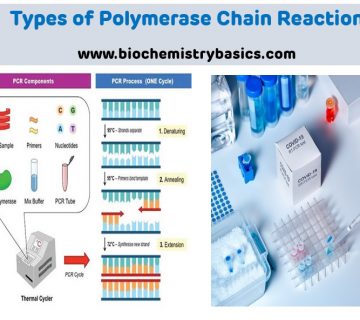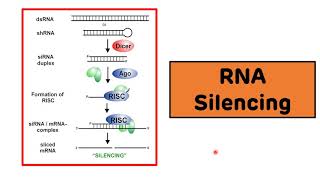Written by : Nitinkumar G. Chaudhary, Sunil S. Patani, Hariom Sharma, Amit Maheshwari, Prashant M. Jadhav and Megha A. Maniar
INTRODUCTION
Quality planning in clinical laboratories includes defining quality standards as the basis for quality laboratory processes, quality control (QC), quality assessment (QA), and quality improvement.Quality control validation is used to determine the statistical QC procedures appropriate for distinguishing variations, which are critical for clinical interpretation of the test. Quality requirement varies greatly between analytes. For example, serum electrolyte levels are strictly regulated physiologically: therefore, small changes are likely to be clinically significant.
Six Sigma quality is considered to be a standard of excellence. Performance at the sigma level is considered the minimum acceptable quality for a production process. In simpler terms, a higher sigma metric means the systematic error that must be detected to ensure accurate results by the use of statistical QC is large and should be more easily detected. A lower sigma metric means QC must detect smaller systematic errors, which is more difficult. The six sigma idea asserts an association between the numbers of product defects, wasted operating costs and levels of customer satisfaction.




